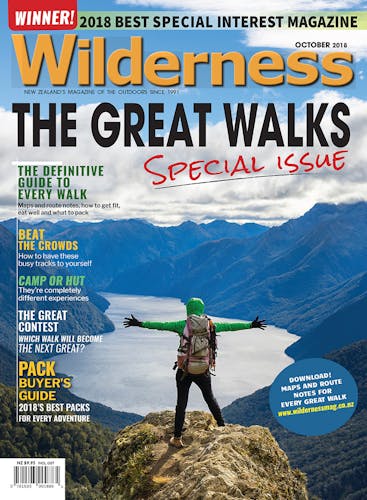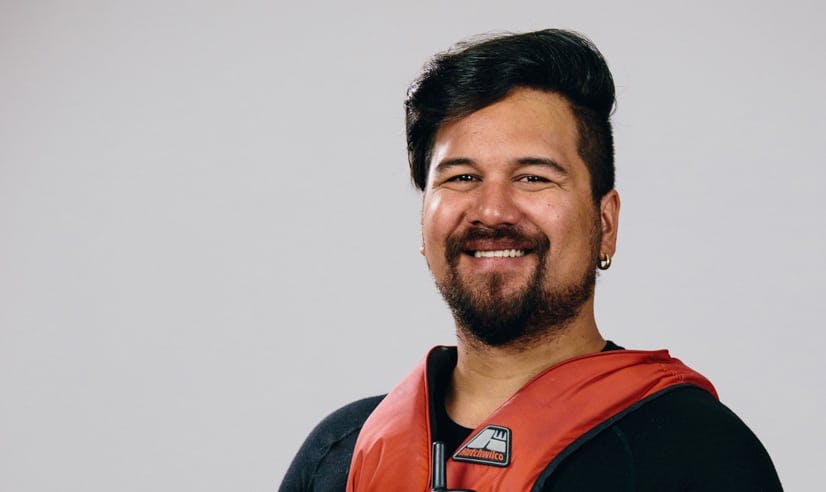For generations, the Whanganui River has been both teacher and classroom for local iwi.
When Ashley Patea was growing up on the banks of the Whanganui River at Kaiwhaiki, his goal in life was to navigate the awa by canoe, from Taumarunui to Whanganui.
Every year, Whanganui iwi conduct a pilgrimage, an iwi wananga called Tira Hoe Waka, paddling the river from near its source, to its mouth. But you have to be older than 12 to take part.
“All I wanted was to have my turn on the river,” Patea says. “My dad said that if I could swim 50 laps of a pool, I could come when I was 11. So I started training when I was nine and that’s what I did.
“When I finally got on the river, it was like a dream.”
For local iwi, the annual two-week trip is more than a river adventure – it’s a cultural education.
“We share stories from the river and about the people brought up on its banks.”
The river eventually became Patea’s livelihood. He became a river guide when he was 15, and set up his own cultural guiding company at 21. Seven years on, that has expanded into an education programme based around the stories and values of the Whanganui River.
Patea is in two minds about the growing tourism on the river – on the one hand, more people are experiencing the benefits of the river, but it has also become crowded and commercialised.
“It’s one thing to promote a scenic place, but it’s another to see more humans than river, which is what it’s becoming.
“My company, Ki Tai, doesn’t work in tourism – we don’t target tourism clients – we want to work with people that will learn from the river, and share that somewhere else, rather than just thinking ‘that was a great experience, what’s next’.
“But regardless, I believe everyone walks away from the river with some sense of connection – just by being on it opens up a doorway for people to be more receptive to a connection with a waterway closer to home.”








